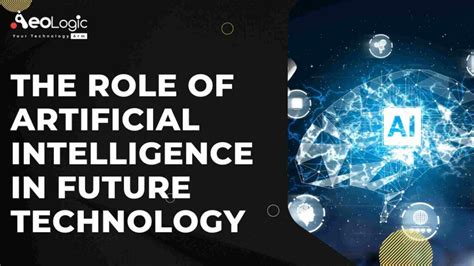- CRYPTOCURRENCY
-
by admin
AI’s role in the development of adaptive economic models for encryption
Artificial Intelligence (AI) is increasingly being used to revolutionize various industries, including finance and economy. In the context of cryptocurrency and blockchain technology, AI has been fundamental in the development of adaptive economic models that can effectively manage and optimize negotiation strategies.
What are adaptive economic models?
Adaptive economic models refer to complex algorithms designed to simulate real -world market dynamics, providing information on potential price movements, volatility and risk factors. These models usually involve a combination of machine learning techniques, statistical analysis and data mining to identify patterns and predict trends in the cryptocurrency market.
The Benefits of AI in Cryptography
The development of adaptive economic models for encryption offers several benefits:
- Risk Management Enhanced : When analyzing historical negotiation data, these models can identify possible risk factors, allowing investors to make more informed decisions.
- greater efficiency : Adaptive economic models can optimize negotiation strategies, reducing costs and increasing the likelihood of profitable negotiations.
- Improved market insights : These models provide a deeper understanding of market dynamics, allowing traders to anticipate price movements and adjust their strategies to agreement.
AI -Chave techniques used in encryption
Several AI techniques are being employed in encryption to develop adaptive economic models:
- Machine learning (ML) : ML algorithms can analyze large data sets, identifying patterns and correlations that may not be apparent through traditional statistical analysis.
- Deep learning : This technique is particularly useful for modeling complex relationships between market variables, such as interactions between price movements and other market factors.
- Natural Language Processing (NLP) : NLP can be used to analyze text data from on -line sources, providing information about the feeling and market trends.
Examples of the real world of cryptography
Several organizations are already taking advantage of AI to develop adaptive economic models for encryption:
1.
- Cryptoslate : This decentralized media output employs machine learning algorithms to provide real -time analysis of cryptocurrency markets, offering information about market trends and feelings.
- Blockfi

: This loan platform is using AI -moved models to optimize your loan strategies, reducing costs and increasing the likelihood of profitable negotiations.
Challenges and limitations
Although AI has shown tremendous potential in the development of adaptive economic models for encryption, several challenges must be faced:
- Quality and data availability : High quality data is essential for creating accurate models; However, collecting and integrating large data sets can be a significant challenge.
- Regulatory Compliance
: As the use of EI in encryption continues to grow, regulatory compliance will become increasingly important.
- Model Interpretability : Understanding how AI models make forecasts and recommendations require the development of better interpretative tools.
Conclusion
AI integration into adaptive economic models for cryptography has significant potential to revolutionize the field. By leveraging machine learning techniques, statistical analysis and data mining, organizations can create more accurate predictions, improve risk management, and improve market ideas. However, addressing challenges such as data quality, regulatory compliance and interpretability of the model will be crucial to perform all the benefits of AI in encryption.
